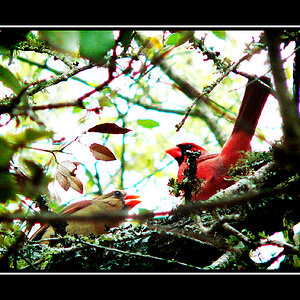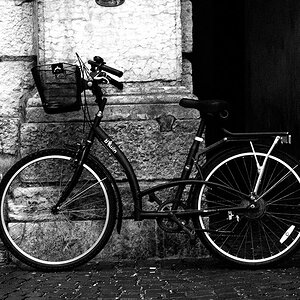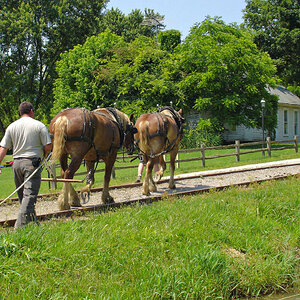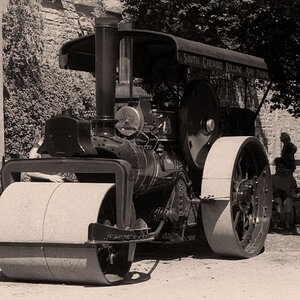Winona
Been spending a lot of time on here!
- Joined
- Mar 1, 2018
- Messages
- 1,613
- Reaction score
- 890
- Can others edit my Photos
- Photos OK to edit
Kind of a stupid question, but I was taught to always review your photo before you move on. I try to make sure composition, lighting, focus are all good. However, in most outdoor setting I can't see anything on the LCD screen. Today I went to the car and went back to the scene, but I wasn't far away. Any tips, or is it just me?


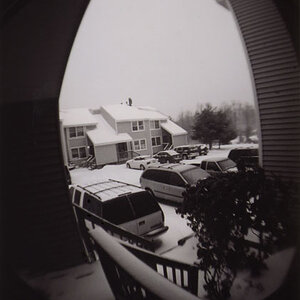
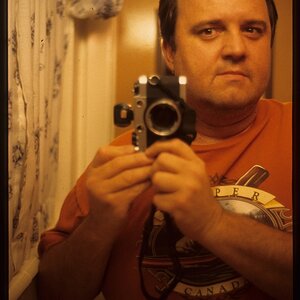
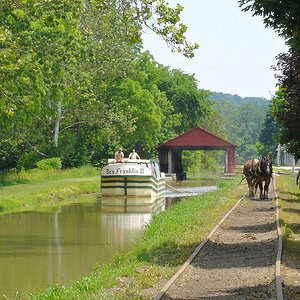
![[No title]](/data/xfmg/thumbnail/34/34117-1b7262554b31c443fa8f93830807c578.jpg?1619736287)
